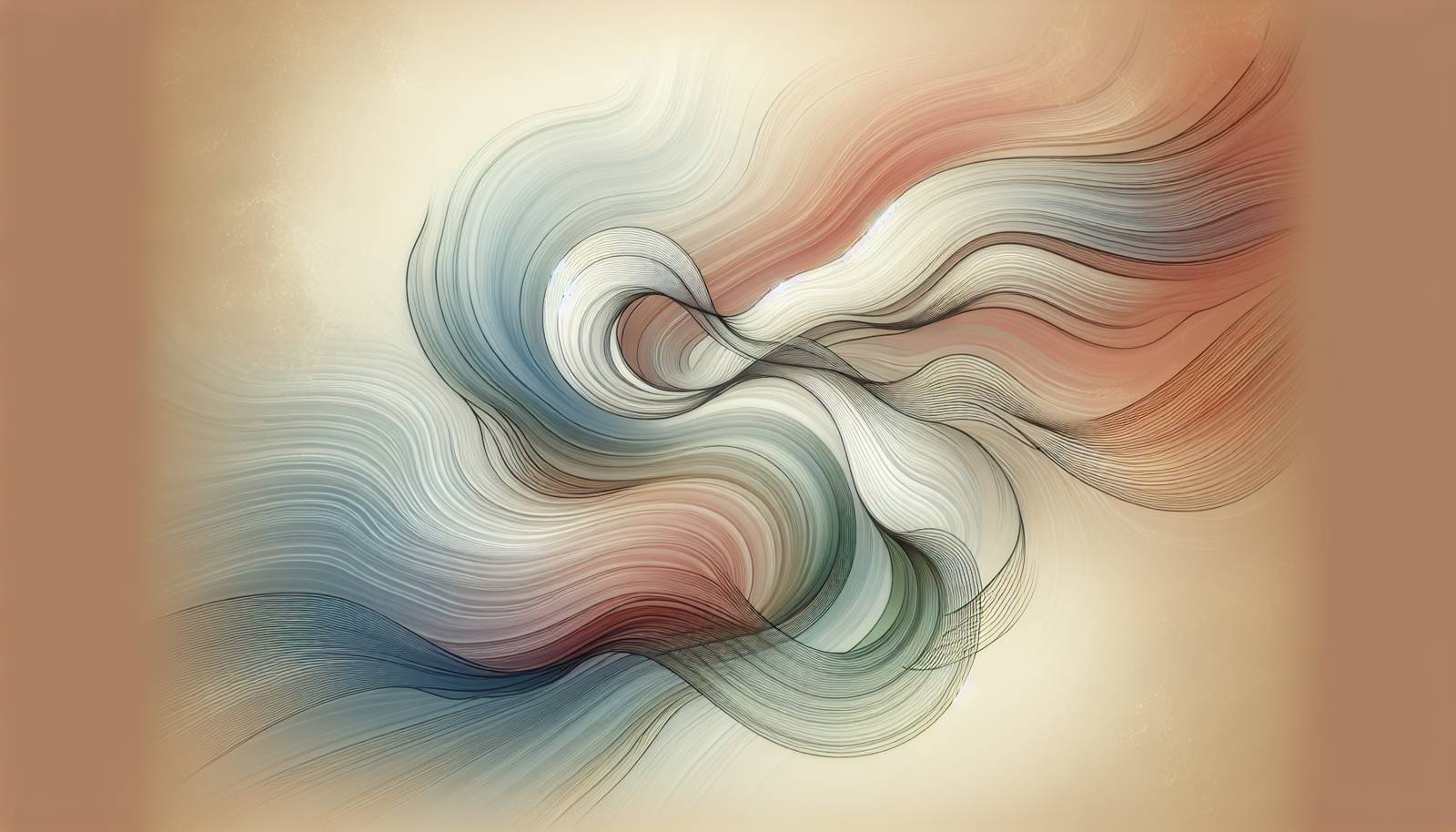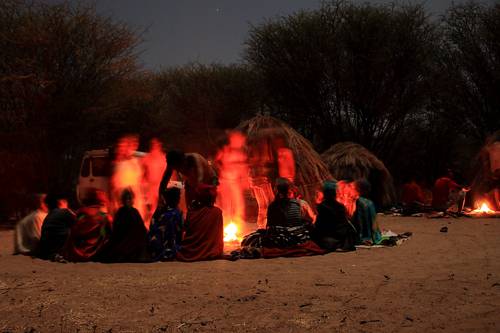
FAQ About The Role of Dance in Healing Practices

What types of dance are commonly used in healing practices?
Various forms of dance are used in healing practices, such as traditional cultural dances, expressive dance therapy, and somatic practices. Cultural dances may include African dance, Native American dance, and Middle Eastern dance, each bringing their unique spiritual and communal healing properties. Expressive dance therapies often include contemporary forms like movement therapy or improvisation, allowing participants to express emotions and release stress. Somatic practices involve mindful movement exercises that focus on the connection between the body and mind, such as those found in yoga or Tai Chi.

How does dance contribute to mental health improvement?
Dance contributes to mental health improvement by providing a form of emotional expression and release, enhancing mood, and reducing stress. It helps in the production of endorphins, which elevate mood and promote a sense of well-being. Dance therapy encourages individuals to explore their emotions through movement, leading to increased self-awareness and psychological resilience. By engaging in dance, individuals often experience reduced symptoms of depression and anxiety, and an overall enhancement in the quality of life.

In what ways does dance benefit physical health?
Dancing benefits physical health by improving cardiovascular fitness, increasing muscle strength, enhancing flexibility, and boosting endurance. It is an excellent form of exercise that involves the whole body, promoting weight management and improving coordination and balance. Regular dancing can lead to enhanced agility and aerobic fitness, while also reducing risks associated with sedentary lifestyles such as obesity, heart disease, and diabetes.

What are some historical roots of dance used for healing?
Historically, dance has been used in various cultures as a form of healing, ritual, and communication with spiritual realms. In ancient Greece, dance was believed to bring about divine intervention and aid in healing. Indigenous cultures often used dance in ceremonies to heal the sick and invoke spiritual protection. African healing dances have long been integral to community ceremonies, and in India, dance forms like Bharatanatyam were originally performed in temples to convey mythological tales, which often included elements of rejuvenation and healing.

Can dance be integrated into modern therapeutic practices?
Yes, dance can be integrated into modern therapeutic practices through structured programs like Dance Movement Therapy (DMT) and expressive arts therapies. These therapies employ dance as a tool to help individuals explore their emotions, improve their self-esteem, and build social connections. DMT can be used for a wide range of mental health issues, from stress relief to trauma recovery, and is embraced by healthcare facilities, wellness centers, and psychotherapeutic settings worldwide.

What is Dance Movement Therapy (DMT)?
Dance Movement Therapy (DMT) is a therapeutic approach that uses dance and movement to support the physical, social, emotional, and cognitive integration of individuals. It is based on the premise that movement reflects the unconscious processes of the mind and that healing or transformative change can occur through the body. DMT is often used to help individuals with emotional challenges, developmental issues, mental health conditions, and can also support physical rehabilitation efforts.

What cultural significance does dance hold in healing practices?
In many cultures, dance holds significant cultural, spiritual, and communal importance in healing practices. It is often seen as a means to connect with the divine, to express collective grief, joy, or to pass down stories and traditions. For example, in some African cultures, dance is integral to ritualistic healing practices aimed at restoring health and harmony within the community. Native American cultures utilize ceremonial dances to honor spirits and request healing interventions. The act of communal dance enhances social bonds, fosters unity, and enables cultural expression and preservation.

Are there scientific studies supporting the healing power of dance?
Yes, numerous scientific studies support the healing power of dance, particularly in enhancing mental health and physical well-being. Research has shown that dance can lead to improvements in depression, anxiety, and stress levels by encouraging social interaction and providing an outlet for emotional expression. Studies further indicate physical benefits such as improved cardiovascular health, muscle strength, and coordination. Dance therapy has been found effective in improving quality of life in patients with Parkinson's disease and other chronic health conditions.

How accessible is dance as a form of therapy?
Dance is highly accessible as a form of therapy because it does not require specific equipment, and it can be adapted to suit various levels of physical ability and different age groups. Dance therapy sessions can be conducted individually or in groups, making it suitable for a wide range of settings, from hospitals and rehabilitation centers to community centers and private practices. The inclusivity of dance therapy allows it to be tailored to the personal needs and preferences of each participant.

What role does dance play in community healing?
Dance plays a key role in community healing by bringing people together and fostering a sense of belonging and shared purpose. Community dance initiatives can help address collective traumas, bridge social divides, and reinforce cultural identities. Through participatory dance events and performances, communities can work through grief, celebrate life, and empower marginalized groups, leading to stronger social cohesion and resilience.

How can individuals incorporate dance into their personal healing journeys?
Individuals can incorporate dance into their personal healing journeys by engaging in regular movement activities that feel enjoyable and meaningful to them. This could be through community dance classes, online dance tutorials, or personal dance sessions at home. Creating a routine that incorporates dance can help individuals maintain consistency, while expressive freeform dance can be particularly beneficial in processing emotions and reducing stress. Joining a dance therapy group or consulting with a professional dance therapist can also provide guidance and support.

What are the psychological mechanisms behind dance therapy?
The psychological mechanisms behind dance therapy include emotional expression, stress reduction, and the breaking of dysfunctional psychological patterns. Movement in dance allows individuals to express emotions non-verbally, which can be particularly beneficial for those who find it challenging to articulate feelings. The physical activity involved in dance also releases endorphins, reducing stress and enhancing mood. Furthermore, dance can facilitate a shift in perception by allowing individuals to try different movements, which can parallel cognitive shifts in how they see life challenges.

How does dance influence emotional health?
Dance influences emotional health by offering a creative avenue for self-expression and an emotional release. It provides a safe space where individuals can explore their emotions, confront stress, and cultivate joy or catharsis through movement. Dance enhances one's emotional literacy and can aid in processing complex feelings and traumas. Through rhythmic movement and musical interaction, dance promotes connectivity and empathetic understanding, which can be therapeutic for those dealing with emotional distresses.

Is dance therapy effective for all age groups?
Yes, dance therapy is effective for all age groups, from children to seniors. For children, it can improve motor skills, enhance emotional regulation, and boost self-esteem. In adults, dance therapy can be used for stress management, mental health support, and physical fitness. For seniors, it promotes cognitive health, physical mobility, and social interaction, which are crucial for maintaining quality of life as one ages. The adaptability of dance therapy makes it suitable for addressing the unique needs of individuals at different life stages.

Can dance therapy be used alongside other treatments?
Dance therapy can indeed be used alongside other treatments and is often part of a holistic approach to health care. It complements medical treatments, psychological therapies, and rehabilitation programs by offering an integrative modality that considers the physical, emotional, and cognitive aspects of healing. For instance, dance therapy can support the efficacy of psychotherapy by aiding in emotional processing, or enhance physical rehabilitation by improving motor skills and coordination. Collaboration with healthcare professionals can tailor dance therapy to optimally fit each individual's treatment plan.

What kind of emotional states can dance help address?
Dance can help address a wide range of emotional states, including stress, sadness, anxiety, anger, and even euphoria. Through structured routines or free movement, dance allows individuals to express suppressed emotions and process feelings in a healthy manner. This can lead to emotional release, clarity, and a reduction in emotional distress. Additionally, dance can enhance positive emotional states by fostering joy, creativity, and a sense of accomplishment.

How is success measured in dance therapy?
Success in dance therapy is measured by both qualitative and quantitative outcomes. Qualitatively, success can be seen through improvements in emotional expression, self-awareness, confidence, and quality of social interactions. Quantitatively, therapists may evaluate reductions in symptoms of mental health issues such as anxiety or depression, or improvements in physical measures like flexibility and strength. Success may also be gauged through feedback from participants about their personal growth and sense of well-being achieved through dance therapy.

What role does music play in dance as a healing practice?
Music plays a significant role in dance as a healing practice by setting the emotional tone and enhancing the therapeutic experience. The rhythm, melody, and tempo of music can influence mood and energy levels, helping individuals to become more engaged and expressive through movement. Music can act as a catalyst for emotional release, reinforcing the therapeutic goals of dance therapy. It provides structure, encourages creativity, and facilitates synchronization in group dances, which can boost feelings of connection and unity.

Why is movement expression vital for holistic health?
Movement expression is vital for holistic health because it integrates the physical, emotional, and cognitive aspects of well-being. Through expressive movement, individuals can articulate feelings that might be difficult to verbalize, leading to emotional healing. Physically, movement boosts fitness, flexibility, and bodily awareness, which are important for overall health. Cognitively, engaging in patterned movement encourages mental agility, focus, and memory retention. Movement expression in dance forms a bridge between mind, body, and spirit, fostering comprehensive health benefits.

What qualifications should a dance therapist have?
A qualified dance therapist should have formal education in dance therapy, which typically requires a master's degree in the field. This education includes competencies in dance, human development, psychology, and therapeutic methodologies. Certification and licensing standards vary by country, but many regions require completion of a certified dance therapy program and supervised clinical experience. Professional associations, such as the American Dance Therapy Association (ADTA), offer guidelines and accreditation for practicing dance therapists. Continuous professional development and adherence to ethical practices are also important for maintaining qualifications in this field.
